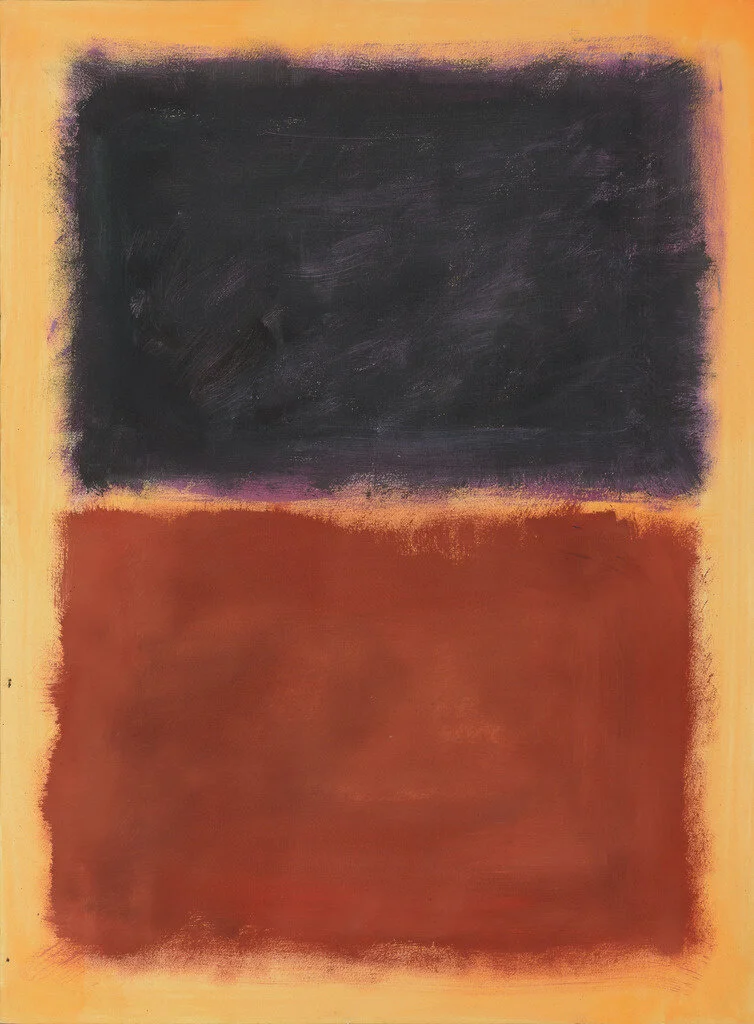Art & Finance Newsletter #28 - UniCredit Sells A Portion Of Their Collection
Massive auction week recently. Collectors and investors shelled out more than $2 billion over five days of auctions in New York, toward the high end of the initial estimate range of $1.6 billion to $2.3 billion.
Wild stuff...
Why is UniCredit selling from it's collection?
UniCredit has been keeping a relatively low profile in the art world recently, despite having one of biggest bank art collections in the world. Scattered around the bank’s premises in Italy, Germany and Austria are Old Masters and paintings by big-name European modernists such as Gustav Klimt, Giorgio de Chirico and Fernand Léger. UniCredit is especially known for its collection of work by Germany’s Gerhard Richter, one of the superstars of the contemporary art world.
But for UniCredit chief executive Jean Pierre Mustier – who has publicly swapped the CEO’s private jet for a red-daubed Fiat 500 – the bank brings no special expertise to owning and managing such an important collection. There is also today a mismatch between the austerity that he espouses and these masterpieces in the offices of a bank. They are the unwanted legacy of mergers and chief executives past.
UniCredit, unlike firms such as JPMorgan and UBS, is not usually cited by art world insiders as a bank especially well known for its collection. It is hard to find any public exhibitions with work from its collection since Mustier became CEO in 2016, although in 2017 it did open its historic headquarters in Bologna to the public for the first time. The sixteenth century Palazzo Magnani in Bologna holds just a portion of UniCredit’s 60,000 art works, including local Bolognese Old Masters Guercino and the Carracci brothers.
UniCredit’s art collection is managed today by its real estate team, but again as with other banks, it is heading more towards the communications department.
A small proportion of the proceeds of UniCredit’s art sales will go towards buying new work from less established artists – also something most banks say they are trying to do more of in their art purchases today.
Euromoney - Why is UniCredit selling from it's collection?
Gallerist may be held responsible for fakes
The infamous Abstract Expressionist forgery ring that rocked the art world is back in the headlines. Last week, a federal judge in Manhattan set a July court date to determine whether Michael Hammer, the former owner of the infamous Knoedler Gallery, which sold tens of millions of dollars worth of fake art, could be held liable for the sales.
The lawsuit has been filed by two collectors, the Martin Hilti Family Trust and Frances Hamilton White, who are suing the gallery, its parent company, 8-31 Holdings, as well as Hammer, the sole shareholder of 8-31. The trust spent $5.5 million on what turned out to be a fake Mark Rothko in 2002, and White and her then-husband bought a fake Pollock for $3.1 million in 2000.
The venerable Knoedler Gallery, founded in 1846, collapsed in 2011 when it was revealed that between 1994 and 2009, the business had sold millions of dollars worth of purported Abstract Expressionist masterpieces by the likes of Jackson Pollock, Mark Rothko, Willem de Kooning, and Robert Motherwell.
The worthless fakes were in fact created by a Chinese immigrant in Queens, and peddled to Knoedler by a Long Island gallery dealer named Glafira Rosales. She claimed they had belonged to a mysterious and well-connected art collector named “Mr. X.”
Artnet - Gallerist may be held responsible for fakes
Mnuchin purchases USD 91m sculpture for client
A stainless steel rabbit by artist Jeff Koons fetched $91 million at Christie’s, establishing an auction record for a living artist.
The winning bid came from art dealer Bob Mnuchin, U.S. Treasury Secretary Steven Mnuchin’s father, who was in the sales room and said he made the purchase on behalf of a client.
Estimated at $50 million to $70 million, it was part of a group of works consigned by the family of late media mogul Si Newhouse. The 3-foot-tall inflatable silver bunny was offered during Christie’s postwar and contemporary art evening auction Wednesday in New York.
For the past two weeks, the piece occupied a temple-like rotunda at Christie’s, displayed in blazing white light on a pedestal under an oculus.
The 1986 “Rabbit” was a hit from the start. Newhouse bought it in 1992 for about $1 million, a large sum at the time, according to Rotter.
The price at Christie’s, which includes the buyer’s commission, returns Koons to the top of the art world. Koons had been the most expensive living artist at auction as recently as November, when he was ousted by David Hockney, whose “Portrait of an Artist (Pool with Two Figures)” sold for $90.3 million.
Bloomberg - Mnuchin purchases USD 91m sculpture for client
Some interesting numbers from the New York auction week:
- More than 80% of the almost 2,000 lots offered at events held May 13-17 at Christie’s, Sotheby’s and Phillips were sold.
- The most expensive work of the week was the $110.7 million Claude Monet painting of sun-bathed haystacks, which took just eight minutes and six bidders to set a world record for an Impressionist work.
- Contemporary sales were led by the $91.1 million Jeff Koons silver bunny sculpture, which set an auction record for a work by a living artist.
- The third-highest sale was Robert Rauschenberg’s $88.8 million Buffalo II, a painting that fetched almost five times the late artist’s previous auction record.
Speak soon,
Blake
